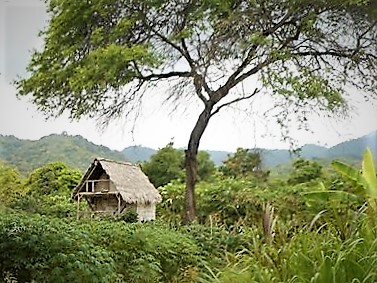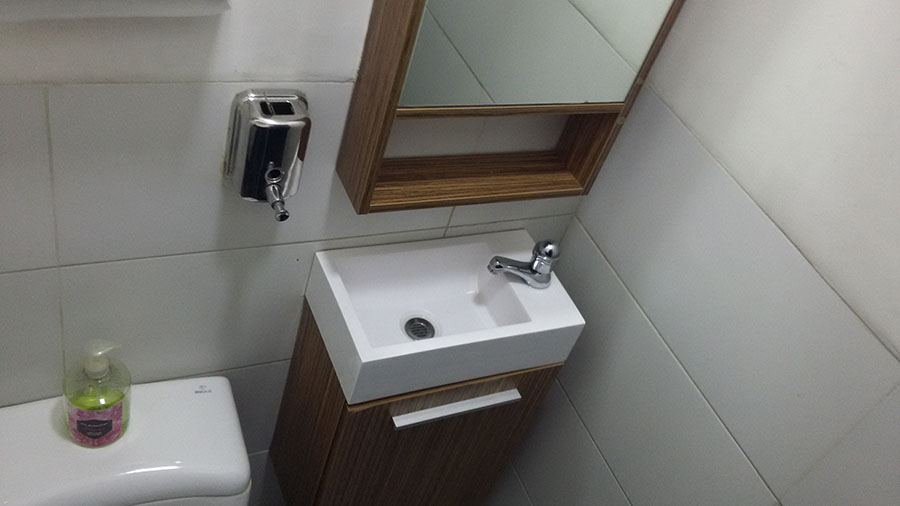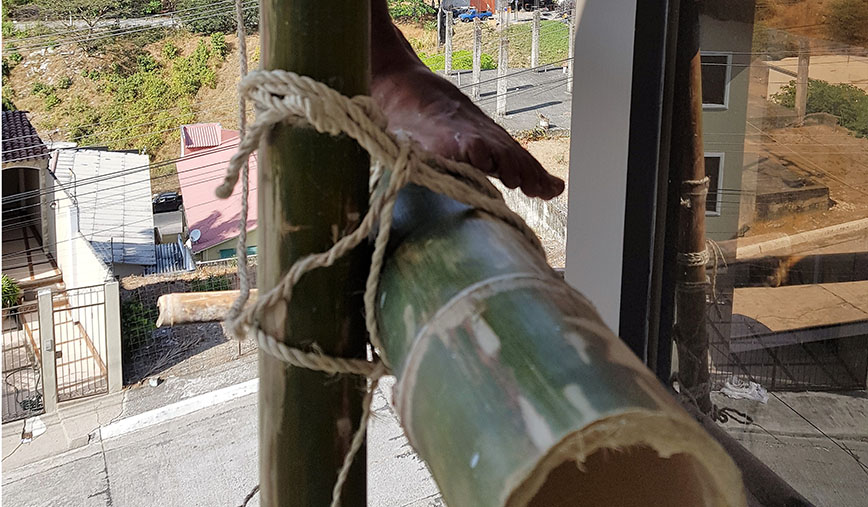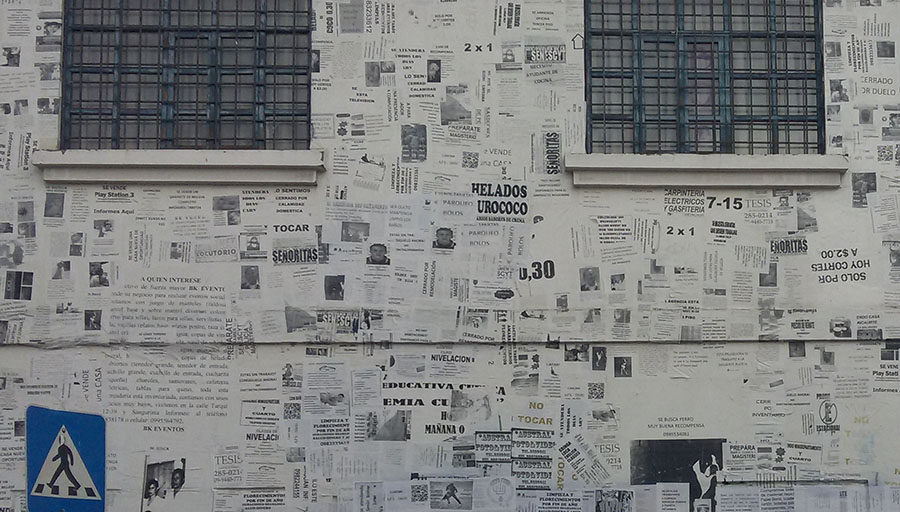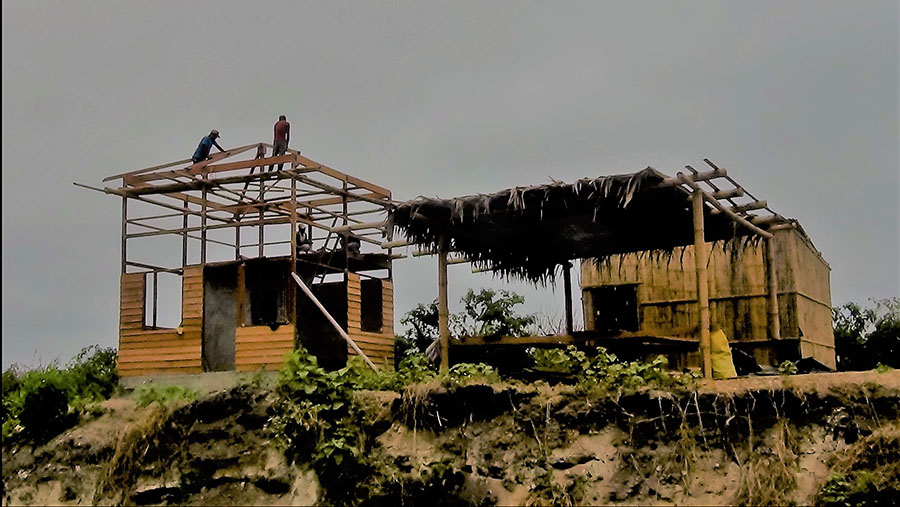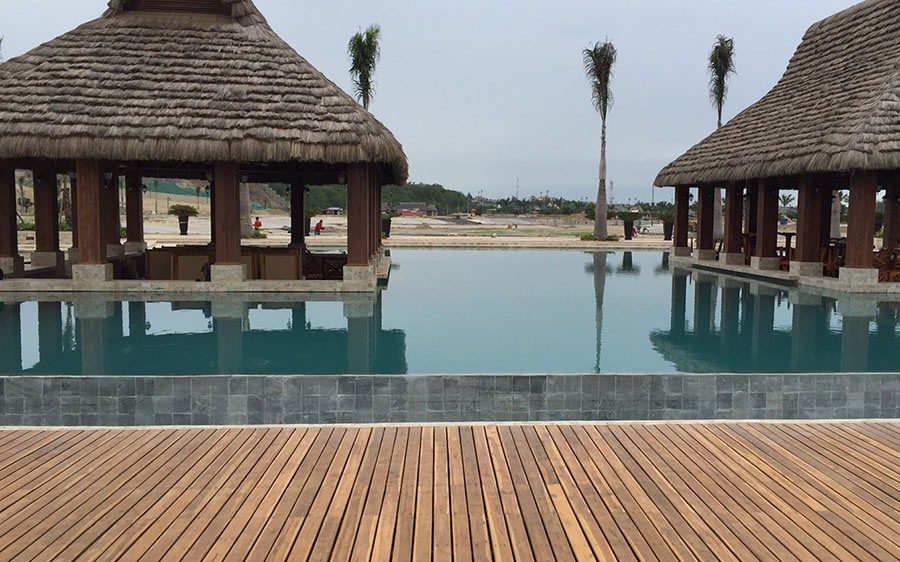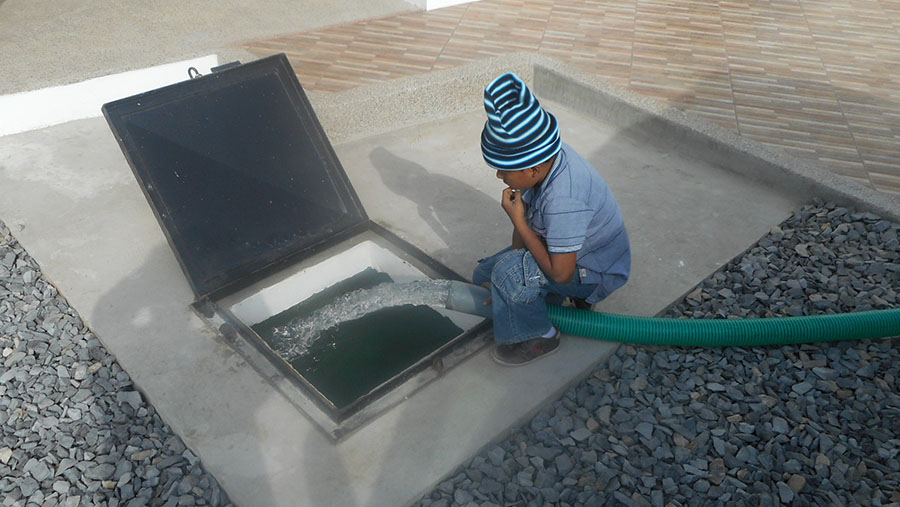
Not all places have water that comes out of the ground courtesy of the city. Sometimes it comes out of a truck.
Many areas in Ecuador lack public potable water. Sometimes in very nice areas, such as right on the beach. So while we wait for the municipality to run pipe our way, we had to build a cisterna for our house in La Diablica, a shrimp-producing locality near Salinas—the “little Miami” of south Ecuador.
A cisterna, or cistern, is essentially a small well, but instead drawing up ground water, the well gets filled from a water tanker truck, and then pumped through the home’s water supply lines. In future years, when the water lines reach our beach house, then we will tie the cisterna to the municipal pipes. But we won’t ever get rid of it.
You see, a cisterna can act as a kind of back-up generator of H20. For example, we have a huge cisterna for our condominium in Guayaquil, where we do benefit from public water. However, when the water gets shut off, because of pipe break down the road, or other not-so-unusual event, we have a backup supply of water for nearly a month.
Since you may not have ever built a cistern, here’s a rundown of how we built ours.
Photo above: The water delivery man’s son watches our cistern fill up, ready to give his dad the sign when it’s topped off.
A hole and a simple foundation.

Block forms the tank, which we will eventually waterproof on the exterior side, as well as within.

Rebar goes on the interior to create the solid concrete wall, a little like a basement.

Wood planks create the forms for the inner walls.

The shoring is made of bamboo.

After the inner walls are poured, the interior is smoothed and screed like building shower walls for tile.

Over the walls, planks form the cisterna lid, over which we place steel reinforcement.

Concrete finishes off the lid. The structure sits and cures about two weeks.

It gets a good wash-down to eliminate surface lime and dirt.

We used Sikatop 144 to waterproof the interior.

The waterproofing provides a clean, water-tight holding for our house water.

And then the water truck arrives to fill up the cistern with potable water (although we drink the bottled stuff, just in case).

Cost for a month’s supply: about $30.00.
This article is part of an ongoing series, Work in Progress: Vistas del Pacifico, on constructing homes in Ecuador
— Fernando Pagés Ruiz is ProTradeCraft's Latin America Editor. He is currently building a business in Ecuador and a house in Mexico. Formerly, he was a builder in the Great Plains and mountain states. He is author of Building an Affordable House and Affordable Remodel (Taunton Press).

